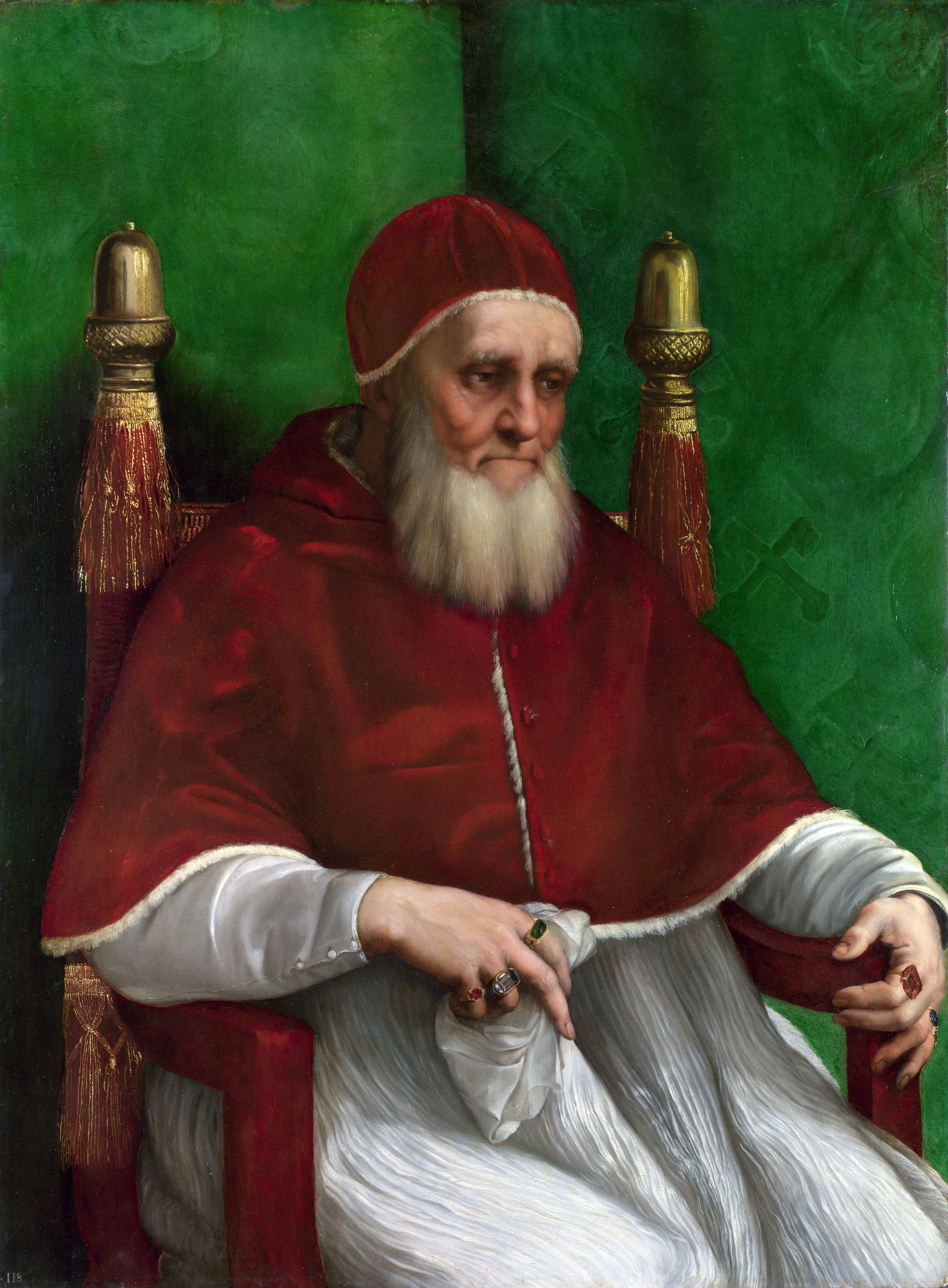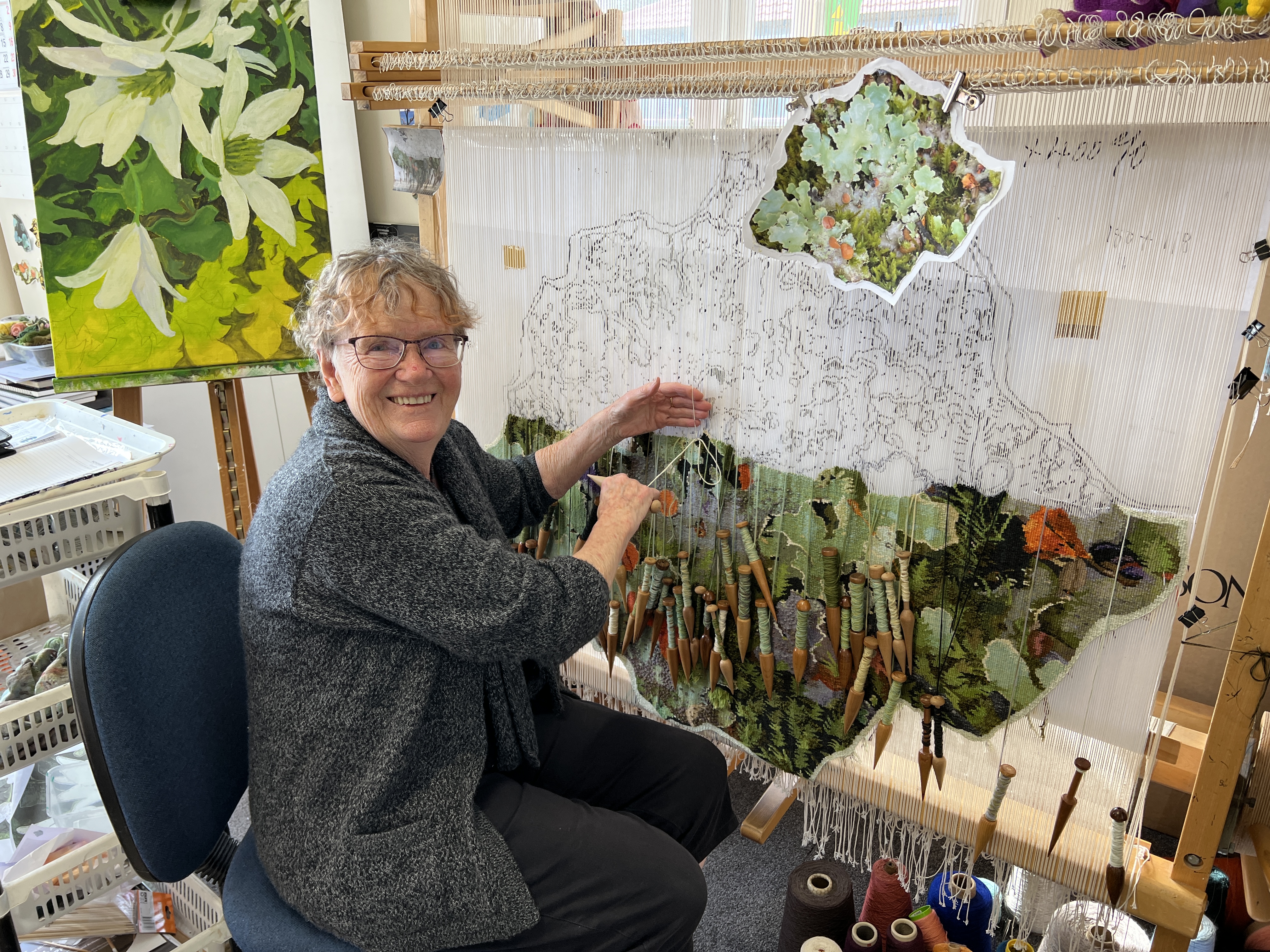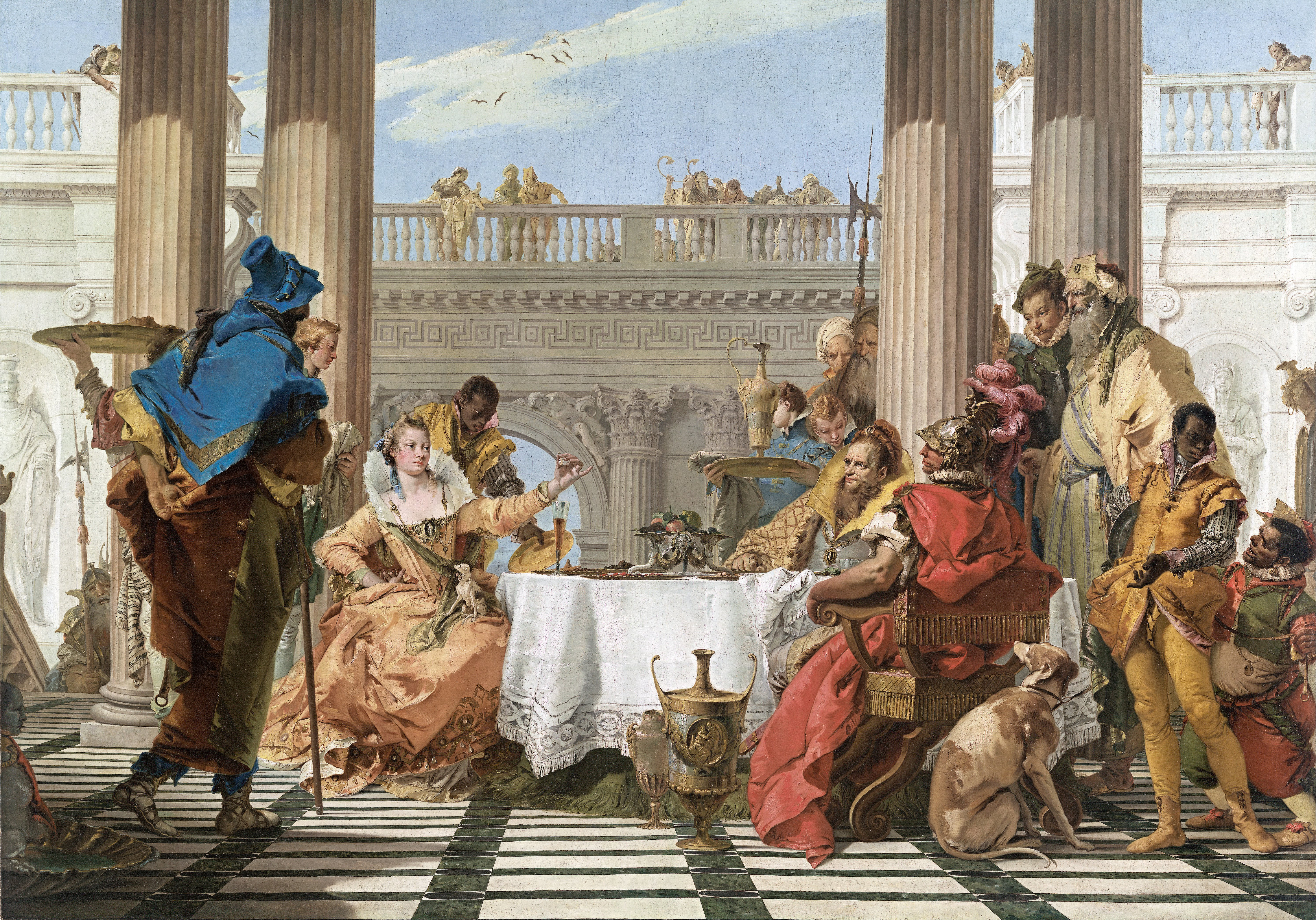|
Modello
A modello (plural modelli), from Italian, is a preparatory study or model, usually at a smaller scale, for a work of art or architecture, especially one produced for the approval of the commissioning patron. The term gained currency in art circles in Tuscany in the fourteenth century. Modern definitions in reference works vary somewhat. Alternative and overlapping terms are " oil sketch" (''schizzo'') and "cartoon" for paintings, tapestry, or stained glass; maquette, plastico or bozzetto for sculpture or architecture; and architectural model. Background Though in Gothic figural arts bishops and abbots are often represented carrying small simulacra of buildings they had constructed – "models" in the familiar modern sense – ''modello'' is only used of pieces which pre-date the finished work, and were at least in part produced by the main artist involved. The less frequently found term ricordo (Italian for "record" or "memory") means a similar piece produced as a small copy ' ... [...More Info...] [...Related Items...] OR: [Wikipedia] [Google] [Baidu] |
Prime Version
In the art world, if an artwork exists in several versions, the one known or believed to be the earliest is called the prime version. Many artworks produced in media such as painting or carved sculpture which create unique objects are in fact repeated by their artists, often several times. It is regarded as a matter of some importance both by art historians and the art market to establish which version has "priority", that is to say was the original work. The presumption usually is that the prime version is the finest, and perhaps the most carefully done, though some later versions can be argued to improve on the originals. In many periods the later "repetitions" were often produced by the workshop of the master, with varying degrees of supervision and direct attention from him. This was especially the case with official portraits of monarchs and politicians, which in the Early Modern period were often ordered in large numbers of versions from the court artist as diplomat ... [...More Info...] [...Related Items...] OR: [Wikipedia] [Google] [Baidu] |
Oil Sketch
An oil sketch or oil study is an artwork made primarily in oil paint in preparation for a larger, finished work. Originally these were created as preparatory studies or modelli, especially so as to gain approval for the design of a larger commissioned painting. They were also used as designs for specialists in other media, such as printmaking or tapestry, to follow. Later they were produced as independent works, often with no thought of being expanded into a full-size painting. The usual medium for ''modelli'' was the drawing, but an oil sketch, even if done in a limited range of colours, could better suggest the tone of the projected work. It is also possible to more fully convey the flow and energy of a composition in paint. For a painter with exceptional technique, the production of an oil sketch may be as rapid as that of a drawing, and many practitioners had superb brush skills. In its rapidity of execution the oil sketch may be used not only to express movement and transien ... [...More Info...] [...Related Items...] OR: [Wikipedia] [Google] [Baidu] |
Ricordi '', a 1954 French-Italian film based on the history of Casa Ricordi
{{Disambiguation ...
Ricordi may refer to: People * Giovanni Ricordi (1785–1853), Italian violinist and publishing company founder *Giulio Ricordi (1840–1912), Italian publisher and musician Music *Casa Ricordi, an Italian music publishing company established in 1808 ** Dischi Ricordi, a subsidiary established in 1958 *''Ricordi'', a 1985 album by Carla Boni * "Ricordi" (Finley song), 2008 * "Ricordi" (Pinguini Tattici Nucleari song), 2022 Other uses *'' Cyclura ricordi'', a species of rock iguana *Ricordi, plural of ricordo, modello-like copy of a work of art See also * ''House of Ricordi ''House of Ricordi'' () is a 1954 French-Italian historical film, historical biographical melodrama film based on the early history of the Italian music publishing house Casa Ricordi. It is directed by Carmine Gallone and stars Märta Torén, Mar ... [...More Info...] [...Related Items...] OR: [Wikipedia] [Google] [Baidu] |
Maquette
A ''maquette'' is a scale model or rough draft of an unfinished sculpture or work of architecture. The term is a loanword from French. An equivalent term is ''bozzetto'', a diminutive of the Italian word for a sketch. Sculpture A maquette is used to visualize and test forms and ideas without incurring the expense and effort of producing a full-scale piece. It is the analogue of the Painting, painter's Cartoon#Fine art, cartoon, ''modello'', oil sketch, or Sketch (drawing), drawn sketch. For commissioned works, especially monumental public sculptures, a maquette may be used to show the client how the finished work will relate to its proposed site. The term may also refer to a prototype for a video game, film, or other media. ''Modello'', unlike the other terms, is also used for sketches for two-dimensional works such as paintings. Like oil sketches, these models by highly regarded artists can become as desirable as their completed works, as they show the process of developing ... [...More Info...] [...Related Items...] OR: [Wikipedia] [Google] [Baidu] |
Tapestry
Tapestry is a form of Textile arts, textile art which was traditionally Weaving, woven by hand on a loom. Normally it is used to create images rather than patterns. Tapestry is relatively fragile, and difficult to make, so most historical pieces are intended to hang vertically on a wall (or sometimes in tents), or sometimes horizontally over a piece of furniture such as a table or bed. Some periods made smaller pieces, often long and narrow and used as borders for other textiles. Most weavers use a natural warp thread, such as wool, linen, or cotton. The warp and weft, weft threads are usually wool or cotton but may include silk, gold, silver, or other alternatives. In Late Middle Ages, late medieval Europe, tapestry was the grandest and most expensive medium for figurative images in two dimensions, and despite the rapid rise in importance of painting it retained this position in the eyes of many Renaissance patrons until at least the end of the 16th century, if not beyond. Th ... [...More Info...] [...Related Items...] OR: [Wikipedia] [Google] [Baidu] |
X-ray
An X-ray (also known in many languages as Röntgen radiation) is a form of high-energy electromagnetic radiation with a wavelength shorter than those of ultraviolet rays and longer than those of gamma rays. Roughly, X-rays have a wavelength ranging from 10 Nanometre, nanometers to 10 Picometre, picometers, corresponding to frequency, frequencies in the range of 30 Hertz, petahertz to 30 Hertz, exahertz ( to ) and photon energies in the range of 100 electronvolt, eV to 100 keV, respectively. X-rays were discovered in 1895 in science, 1895 by the German scientist Wilhelm Röntgen, Wilhelm Conrad Röntgen, who named it ''X-radiation'' to signify an unknown type of radiation.Novelline, Robert (1997). ''Squire's Fundamentals of Radiology''. Harvard University Press. 5th edition. . X-rays can penetrate many solid substances such as construction materials and living tissue, so X-ray radiography is widely used in medical diagnostics (e.g., checking for Bo ... [...More Info...] [...Related Items...] OR: [Wikipedia] [Google] [Baidu] |
Michael Levey
Sir Michael Vincent Levey, LVO, FBA, FRSL (8 June 1927 – 28 December 2008) was a British art historian and was the director of the National Gallery from 1973 to 1986. Biography Levey was born in Wimbledon, London, and grew up in Leigh-on-Sea, Essex. He attended The Oratory School, a Catholic boarding school near Reading. He was called up for National Service in 1945 and served it largely in Egypt. After demobilisation in 1948, Levey went to Exeter College, Oxford, to read English; he graduated with first class honours after only two years' study. In 1951, Levey joined the National Gallery as assistant to the Keeper, Sir Martin Davies. He combined administrative duties with scholarly work, producing his first catalogue, on the Gallery's 18th-century Italian paintings, in 1956. In the 1960s, affordable art books with colour reproductions for the general reader began to appear, and Levey was commissioned to write an overview of Western painting for Thames & Hudson's ''World ... [...More Info...] [...Related Items...] OR: [Wikipedia] [Google] [Baidu] |
Hieronymous Bosch
Hieronymus Bosch (; ; born Jheronimus van Aken ; – 9 August 1516) was a Dutch people, Dutch painter from Duchy of Brabant, Brabant. He is one of the most notable representatives of the Early Netherlandish painting school. His work, generally oil on oak wood, mainly contains fantastic art, fantastic illustrations of religious concepts and narratives. Within his lifetime, his work was collected in the Netherlands, Austria, and Spain, and widely copied, especially his macabre and nightmarish depictions of hell. Little is known of Bosch's life, though there are some records. He spent most of it in the town of 's-Hertogenbosch, where he was born in his grandfather's house. The roots of his forefathers are in Nijmegen and Aachen (which is visible in his surname: Van Aken). His pessimistic fantastical style cast a wide influence on northern art of the 16th century, with Pieter Bruegel the Elder being his best-known follower. Today, Bosch is seen as a highly individualistic pain ... [...More Info...] [...Related Items...] OR: [Wikipedia] [Google] [Baidu] |
Giovanni Battista Tiepolo
Giovanni Battista Tiepolo ( , ; 5 March 1696 – 27 March 1770), also known as Giambattista (or Gianbattista) Tiepolo, was an Italian painter and printmaker from the Republic of Venice who painted in the Rococo style, considered an important member of the 18th-century Venetian school. He was prolific, and worked not only in Italy, but also in Germany and Spain. Giovan Battista Tiepolo, together with Giambattista Pittoni, Canaletto, Giovan Battista Piazzetta, Giuseppe Maria Crespi, and Francesco Guardi are considered the traditional Old Masters of that period. Successful from the beginning of his career, he has been described by Michael Levey as "the greatest decorative painter of eighteenth-century Europe, as well as its most able craftsman." Biography ''The Glory of St. Dominic'', 1723 Early life (1696–1726) Born in Venice, he was the youngest of six children of Domenico and Orsetta Tiepolo. His father was a small shipping merchant who belonged to a famil ... [...More Info...] [...Related Items...] OR: [Wikipedia] [Google] [Baidu] |
Underpainting
In art, an underpainting is an initial layer of paint applied to a Ground (art), ground, which serves as a base for subsequent layers of paint. Underpaintings are often monochromatic and help to define color values for later painting. Underpainting gets its name because it is painting that is intended to be painted over (see overpainting) in a system of working in layers. There are several different types of underpainting, such as veneda, verdaccio, morellone, imprimatura and grisaille.''Underpaint.'' In: The different types have different colourings. Grisaille is plain grey. Verdaccio is a grey tending towards yellow or green that brings out more luminous tones, while imprimatura uses earth tones. Underpainting has several advantages over working from a plain canvas. The neutral colours of the underpaint will not distract if they are not completely covered. It also aids the painter in getting a correct tone. Comparing colours to a white background is very different from the colou ... [...More Info...] [...Related Items...] OR: [Wikipedia] [Google] [Baidu] |






